Acrossroads of civilisations for millennia, the Republic of Malta is now a showcase of their formidable vestiges, endowing the country with an astonishing cultural patrimony unlike any other. The British, Arabs, Normans and Aragonese of present-day Spain all followed the Phoenicians, Carthaginians, Greeks and Romans, who were themselves preceded by an unknown society whose mysterious ruins pre-date the pyramids of Egypt.
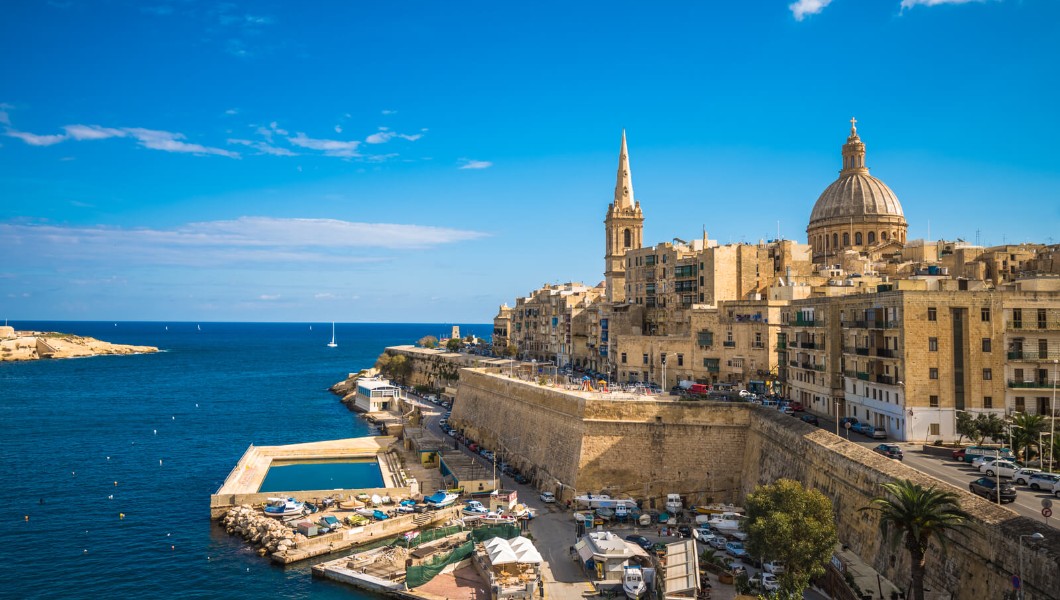
Cryptic archaeological sites such as Ggantija, Hagar Qim and Tarxien are among the most popular attractions in the the country. Expanding over large areas, these sites contrast with hidden places found only by accident; the subterranean Hypogeum was discovered in 1912 when construction workers renovating a house on the street above drilled a little too far down, accidentally revealing a vast underground necropolis—a cryptic crypt, if you will. Today, the strictly controlled entry into the Hypogeum is one of the most coveted tickets in town. Who knows how many more such sites remain unknown beneath the ground; not that Malta needs more things to see and do. A visitor may not generally find archaeological sites all that exciting, but considering them for the simple beauty of the stone used in construction, a privileged location, or the simple wonder of why they existed at all, can evince the sense of understanding that makes travel so satisfying.
Despite its tiny size, the smallest member of the European Union is a surprise package of diverse attractions that would impress visitors to places many times larger. Malta's picturesque capital, Valletta, is a charming city where a casual Mediterranean lifestyle is enjoyed amongst historical buildings constructed in the honey-coloured stone prevalent on the country's main island of Malta. Many of them feature Malta's signature galleriji — enclosed balconies that allowed residents to see the street without themselves being seen.
As is much of Maltese heritage, the galleriji are based on historical Arab influences, in this case the mashrabiya, seen across the water in Tunisia and elsewhere in the Islamic world. A UNESCO World Heritage site, Valletta has become immensely popular with the advent of mass tourism, especially at the height of the summer season. The most crowded time of year coincides with the hottest, which makes April a perfect month for seeing the sights before tourist numbers and temperatures rise to their peaks.
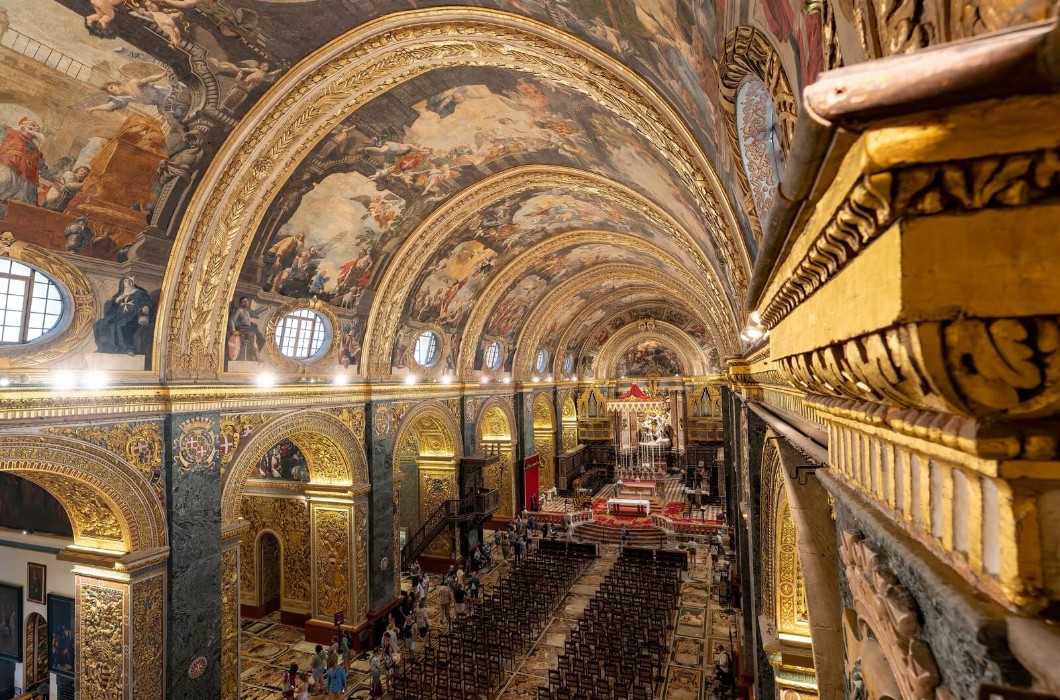
Although nearly every major city in Europe has beautiful buildings, stately museums and excellent restaurants, these aspects of the good life are intensified in Valletta. Like Malta itself, Valletta is a concentrate of attractions and experiences. The major cultural sights include St .John's Co-Cathedral, a building like no other in the world. Enormous in size, the rather austere (by Maltese standards) exterior belies an extraordinary interior where marble inlay floors, florid walls and soaring ceilings are ornately decorated with statues and paintings.
Among those paintings are works by Caravaggio, whose activity in Malta while fugitive from his Italian homeland generated the country's most valuable individual works of art. Near St John Co-Cathedral is the recently reopened Grand Master's Palace. After years of renovation, the palace is now home to a series of well-presented exhibitions. The armoury is especially interesting; even for those who care little for military history, the artistry of the items on display indeed evoke a time of knights in shining armour. This is a salient aspect of Malta's appeal; one site can please people on multiple levels.
A beloved cultural treasure in Valletta that pleases everybody is Teatru Manoel, a jewel box of a theatre that serves as Malta's principal venue for the performing arts. Again, a simple exterior conceals a gorgeous interior; oval in shape, regal in decor, Teatru Manoel is put to good use not only for opera and ballet, but for a variety of traditional and contemporary musical and dance performances as well as lectures and seminars in a country where intellectual pursuits rate highly.
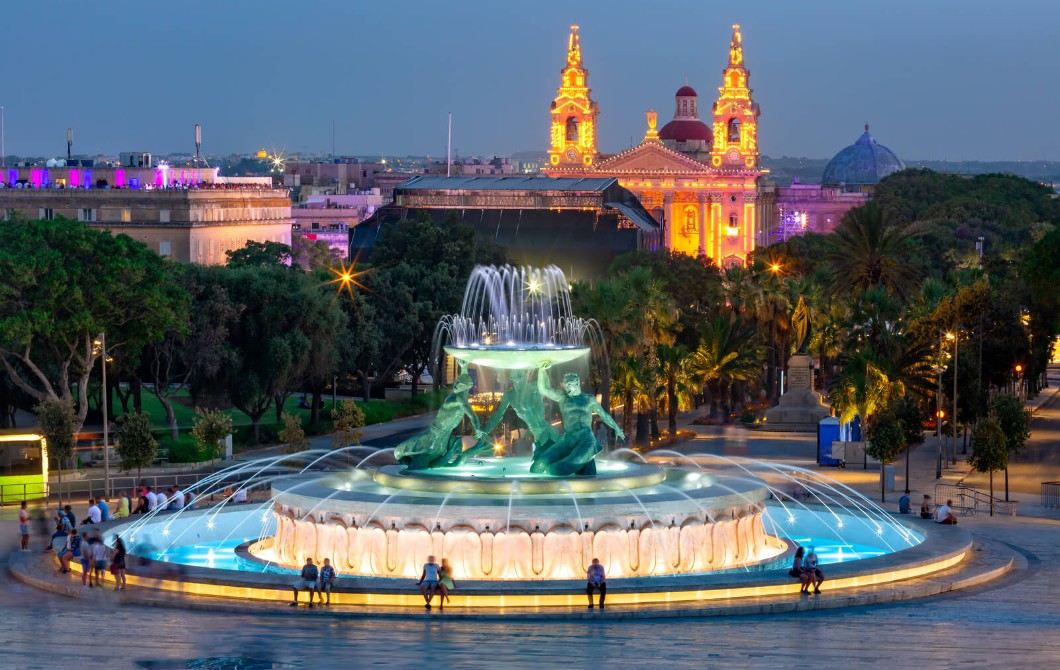
Those knights in shining armour have become synonymous with Malta. The Knights of Malta are famous throughout the world, although most people may not know exactly why. A secretive military organisation harder to get into than even The Hurlingham Club, the presence of the order known more formally as the Knights Hospitaller has left an indelible mark on Maltese history. Rather surprisingly, it still exists to this day as the Sovereign Military Order of Malta and issues its own passports and maintains diplomatic relations with more than 100 countries.
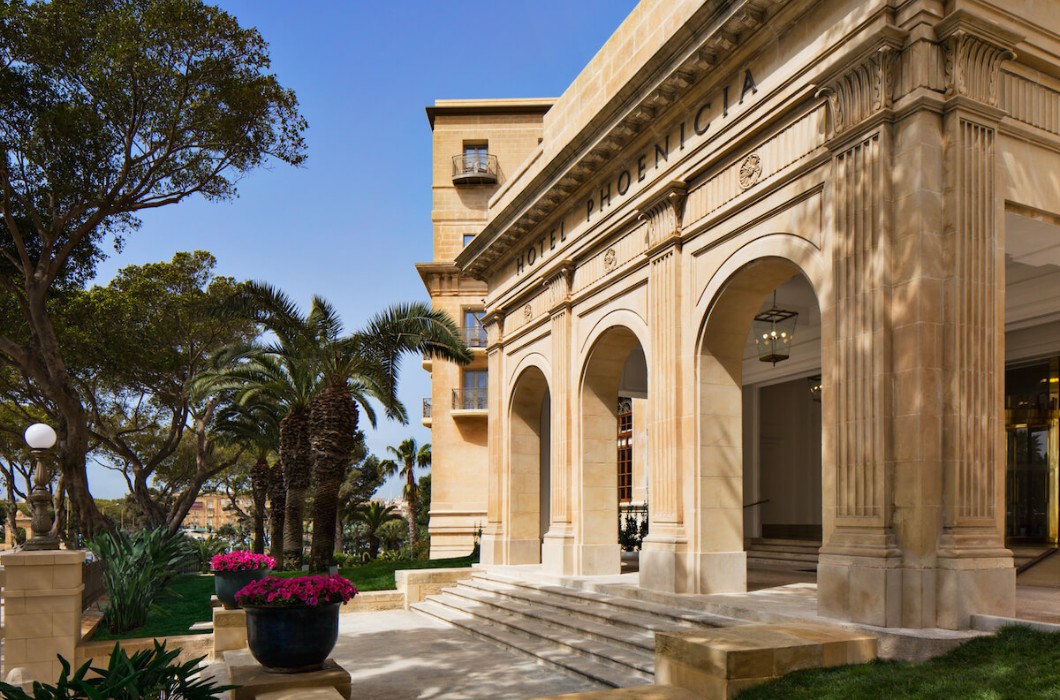
It is the rare hotel that is itself a sight to be seen but the legendary property, The Phoenicia Malta, is no mere hotel. A cultural institution, long the centre of Malta's social scene, The Phoenicia Malta retains its status as the country's most prestigious place to stay and a favourite venue for weddings, receptions and other milestone events in a building that is a landmark in its own right. Located in front of the imposing Triton's Fountain just outside Valletta's City Gate, The Phoenicia Malta looms large in recent Maltese history. The hotel was a favourite place for then-Princess Elizabeth and her new husband when they lived in Malta while Prince Philip served in the military.
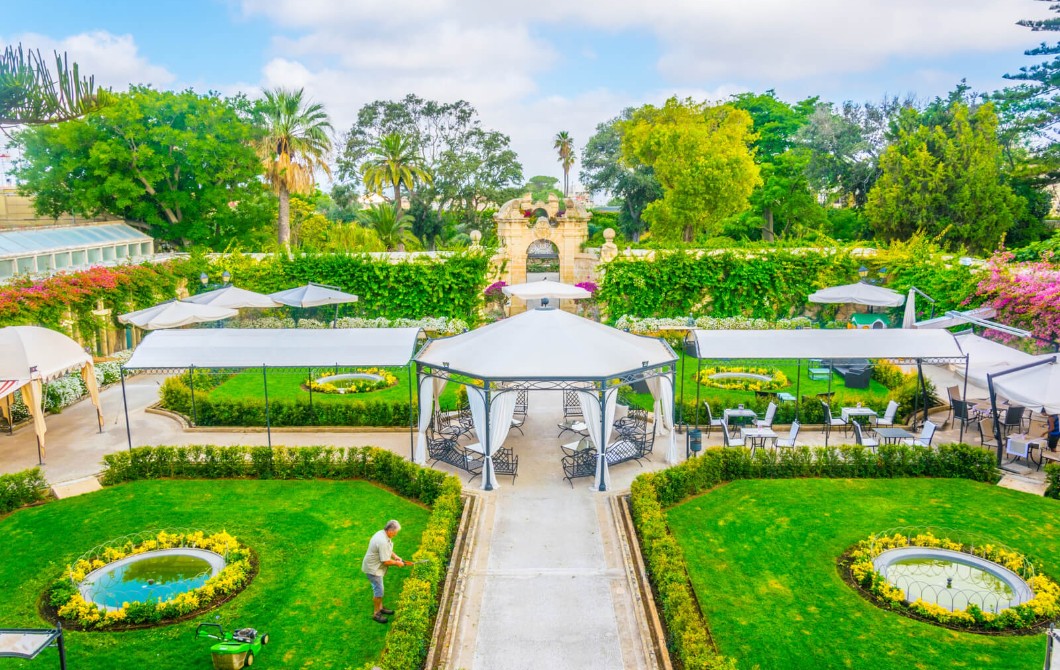
The bright, airy rooms and suites remain the accommodation of choice for visiting royalty as well as the not infrequent Hollywood royalty on location in Malta, whose film industry thrives thanks to the country's sunny weather and favourable financial conditions for production companies. The Phoenicia Malta's extensive gardens, among the most beautiful on the island, end at the bastion pool, where swimmers come up for air with the pretty cityscape of Valletta at the end of their laps. The poolside bistro is an ideal place for the less athletically inclined to take in the view along with their sundowners.
Having undergone extensive renovation in recent years, The Phoenicia Malta is home to several venues where dining experiences are enjoyed throughout the day in fashionable surroundings, none more so than the afternoon tea in the Palm Court Lounge. Dinner on the glass-enclosed terrace of Contessa is a must; the food and drinks are superb, as is the service.
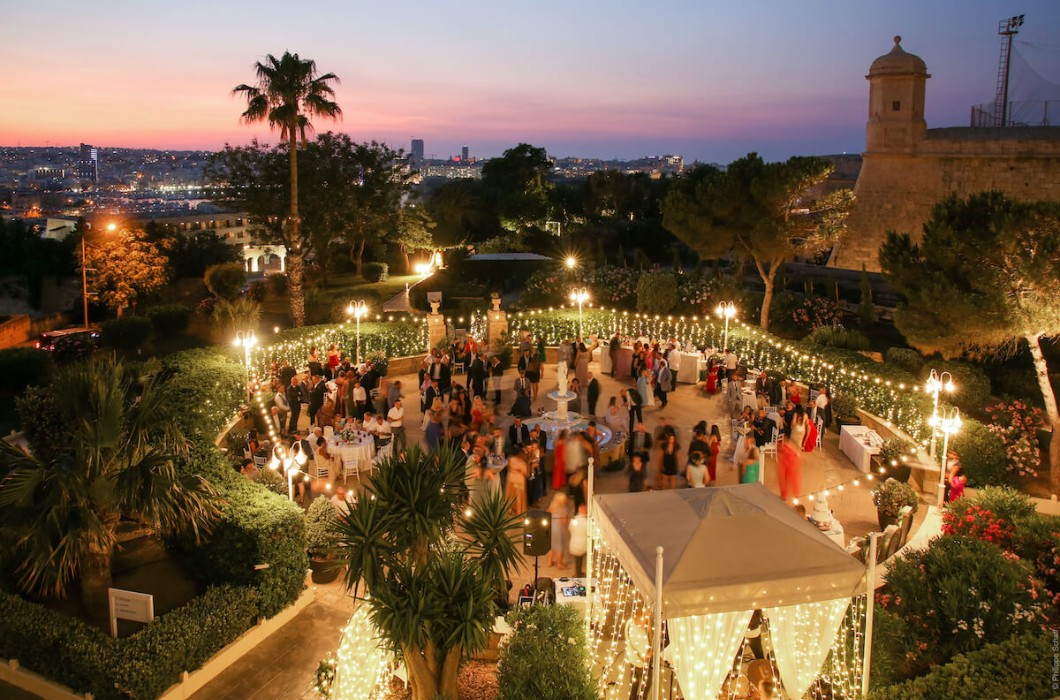
Under the perspicacious leadership of Australian general manager Robyn Pratt, whose Zen approach to mastery in hotel management imbues the hotel and its staff with positive energy, everyone at The Phoenicia Malta seems to enjoy doing their jobs very well. This goes double for the concierges, who love a good challenge in ensuring guest requests are satisfied to the highest degree.
For a different kind of accommodation experience, the very chic private home known as Indulgence Divine provides a glamorous pied-à-terre in Vittoriosa, across the harbour from Valletta. The fabulously artsy decor behind an unmarked door makes this one-bedroom house on a quiet side street unique among Malta's accommodation options. Vittoriosa (known locally as Birgu) is, along with Senglea and Cospicua, one of Malta's historical Three Cities. Similarly attractive in aesthetics to Valletta, Birgu and its harbourfront are quieter than Valletta, which is nevertheless easily accessible in a matter of minutes on a cross-harbour ferry. Just a short walk from Indulgence Divine is the Inquisitor's Palace, headquarters of the fearsome leaders who imposed unthinkable punishment on those who contravened their dictates in times gone by. Jolly this place is not, but it is certainly interesting.
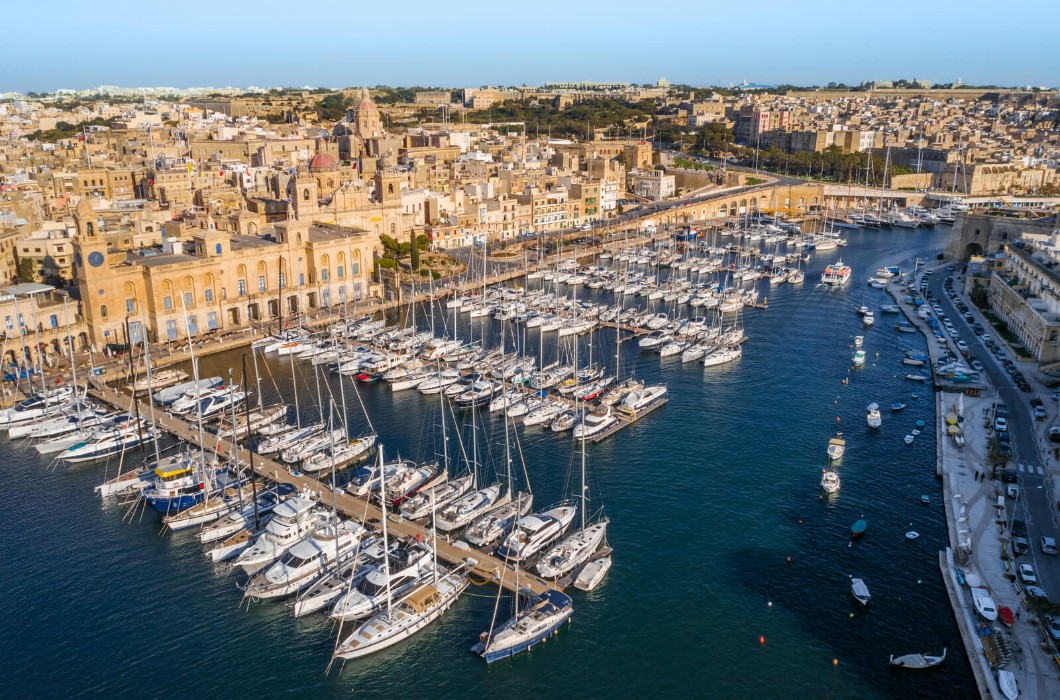
If Valletta is the jewel in Malta's crown, the crown too shines brilliantly. One of the most agreeable towns on the island of Malta is upscale Naxxar, home to the opulent Palazzo Parisio. This beautiful palace is still home to a noble family; certain rooms are open to the public, as are the beautiful gardens where lunch can be enjoyed amid the greenery. In the distant past, private gardens were forbidden for ordinary citizens in Malta and permitted only among the nobility. Thanks to the astute management of the Palazzo's estate, today the garden attracts a modest number of visitors who make their way here during the day and at night for dinner in Luna, an exclusive restaurant within the palazzo where fine dining is an event to be remembered. For an even more special event, Palazzo Parisio's owners make their supremely comfortable yacht Jupju available for private rental for daytrips around Malta or for extended itineraries around the Mediterranean. The yacht has four suites and a friendly crew that, as everywhere in Malta, goes the extra step in making visitors feel welcome while cruising Malta's crystalline waters in their dazzling shades of blue and green.
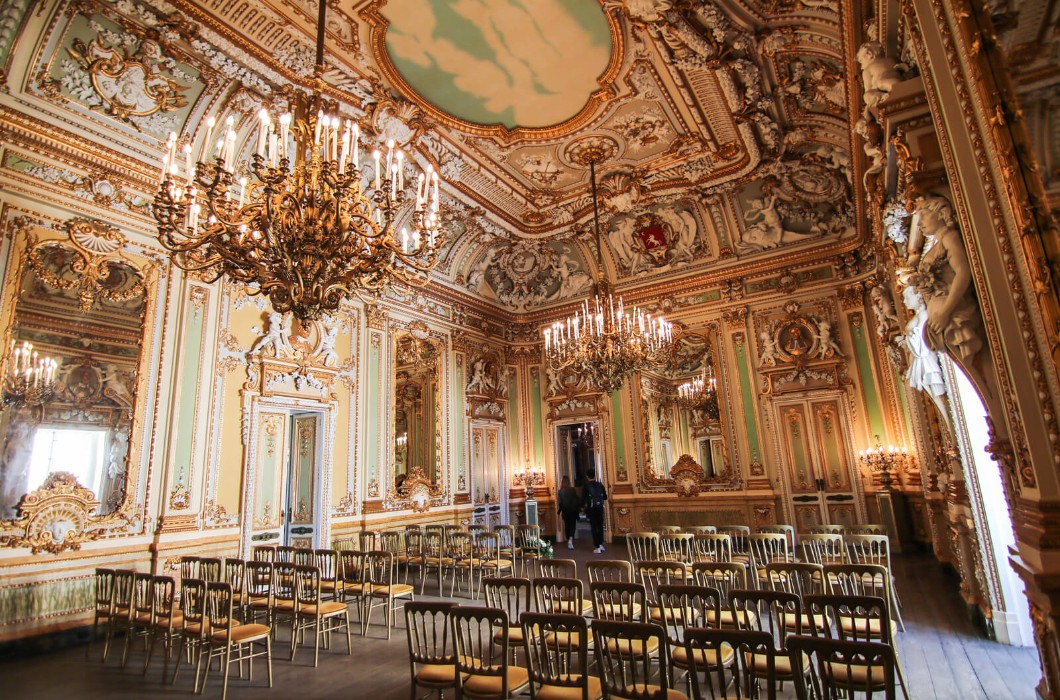
Despite an increase in awareness of Malta as a travel destination, its culinary scene remains underrated and underappreciated, if acknowledged at all. Beyond The Phoenicia Malta's Contessa, there are places to enjoy Maltese and international foods and wines. Most visitors to Malta include Mdina on their itinerary. Known as The Silent City, that moniker may be as baffling as the archaeological sites if visiting by day, when the streets can be crowded with tourists. Come twilight, though, after the masses have departed, Mdina lives up to its nickname. Soft lighting illuminates the scenic streetscapes in a most flattering way, as does the lighting for dishes served in The de Mondion Restaurant, a Michelin-starred venue in Mdina where the excellence of food and wine is matched by ambience and service.
In stark contrast to the stylish surrounds of de Mondion is Is-Serkin, less formally but more famously known as Crystal Palace, just outside the Mdina gate in Rabat. This simple street side shop produces the most famous pastizzi in Malta. Thanks to the Maltese diaspora that has brought this filling snack to all corners of the world, pastizzi made by the hardworking bakers at Crystal Palace, are the last word in cheese and peas wrapped in layers of filo dough and baked to golden perfection. Less famous is qassatat, a delicious cannonball of ricotta or pea mash wrapped in thick dough that requires recuperation time for anyone who dares eat the whole thing at once.
As for Maltese wines, they remain completely unknown outside the country yet reach an admirable level of quality. Low production volume precludes export, but oenophiles who find themselves at a table will no doubt leave it happy. Vineyard visits are easily arranged. On the island of Gozo, the affable owners of Tal-Massar Winery, Anthony Hili and his wife Marissa, welcome guests for tasting sessions accompanied by an explanation of Maltese wine production, providing background information that augments appreciation of the products sampled.
Gozo is the second-largest of Malta's three main islands, with minuscule Comino between Gozo and the main island of Malta. Fiercely proud of their history, Gozitans indeed have a lot to be proud of. Some of the best sights, sounds, smells and tastes can be found on Gozo, a short ride away from central Valletta on the fast ferry.
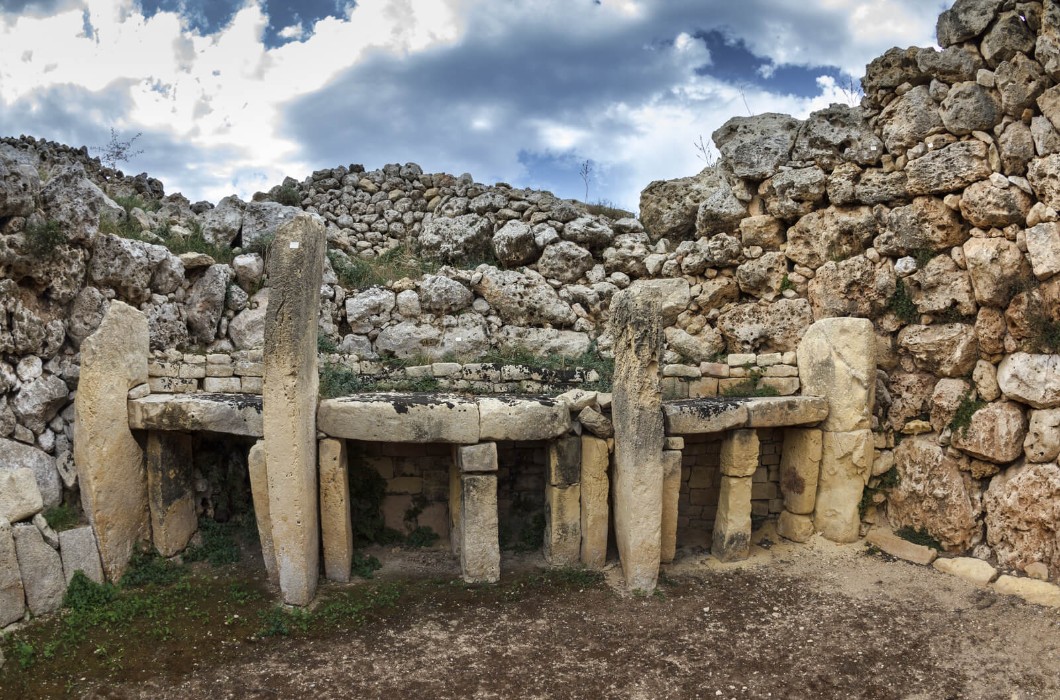
It is on Gozo that one finds Ggantija, one of Malta's largest and most impressive archaeological sites, as well as Ramla Beach, where the sweeping expanse of sand can be observed from high above or right at the water's edge, where the scent of salt air invigorates the appetite. People on Gozo eat well and take pride in their cuisine. Gbejna, a type of sheep's milk cheese produced on the island, is a local specialty that comes plain or seasoned. Simple eateries such as Ic-Cima in Xlendi serve large portions of traditional dishes as well as modern creations in a jovial atmosphere.
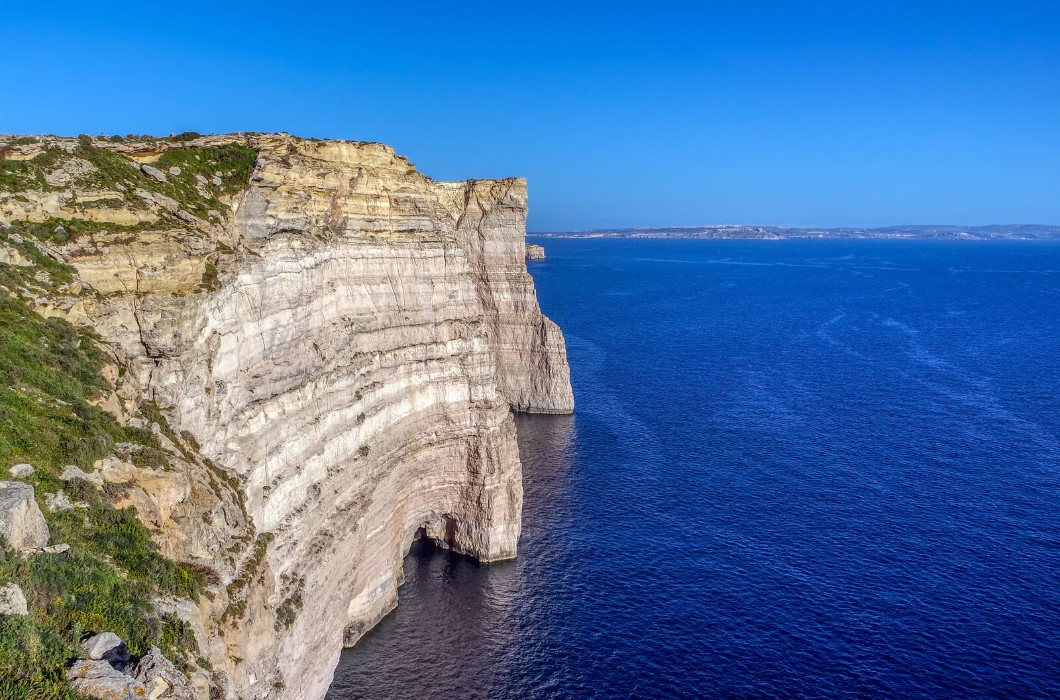
Situated on a bluff over Xlendi harbour, the restaurant benefits from one of the most scenic spots in the entire country. Near Xlendi are beautiful Dwejra Bay to the north and Sanap Cliffs to the south, where the land drops precipitously and spectacularly into the sea—an ideal place to digest the views while digesting lunch.
Although there are flights from the Gulf region to Malta, travellers taking in more than one country on a European tour can take advantage of KM Malta Airlines' flight network connecting the country with popular destinations such as London, Paris, Rome, Prague, Vienna and Zurich. This relatively new airline began service in 2024 and brought a modern attitude toward air travel to Malta as the country's new national carrier. Its Business Class product is among the best in small-airline offerings and Malta's airport is similarly pleasing thanks to its manageable size. These same attributes can be applied to Malta in general, a country where good things come in small packages.







